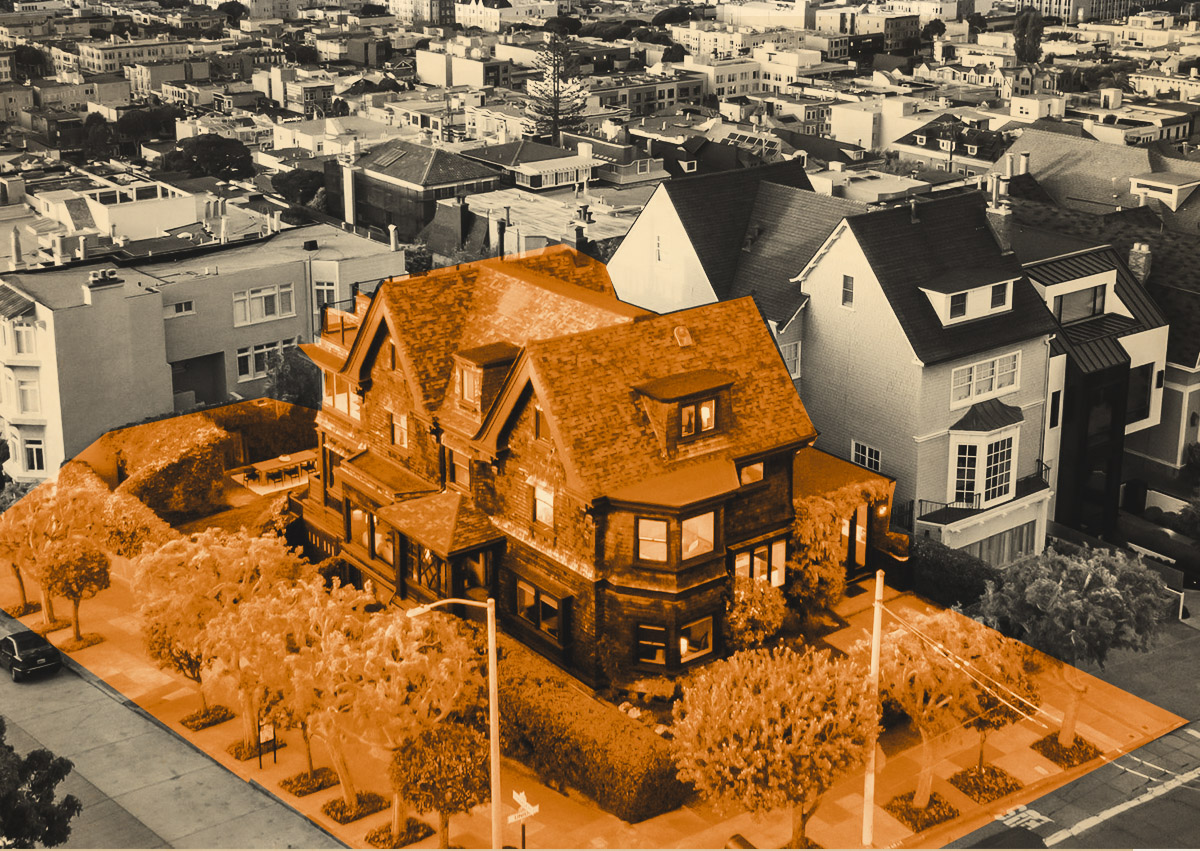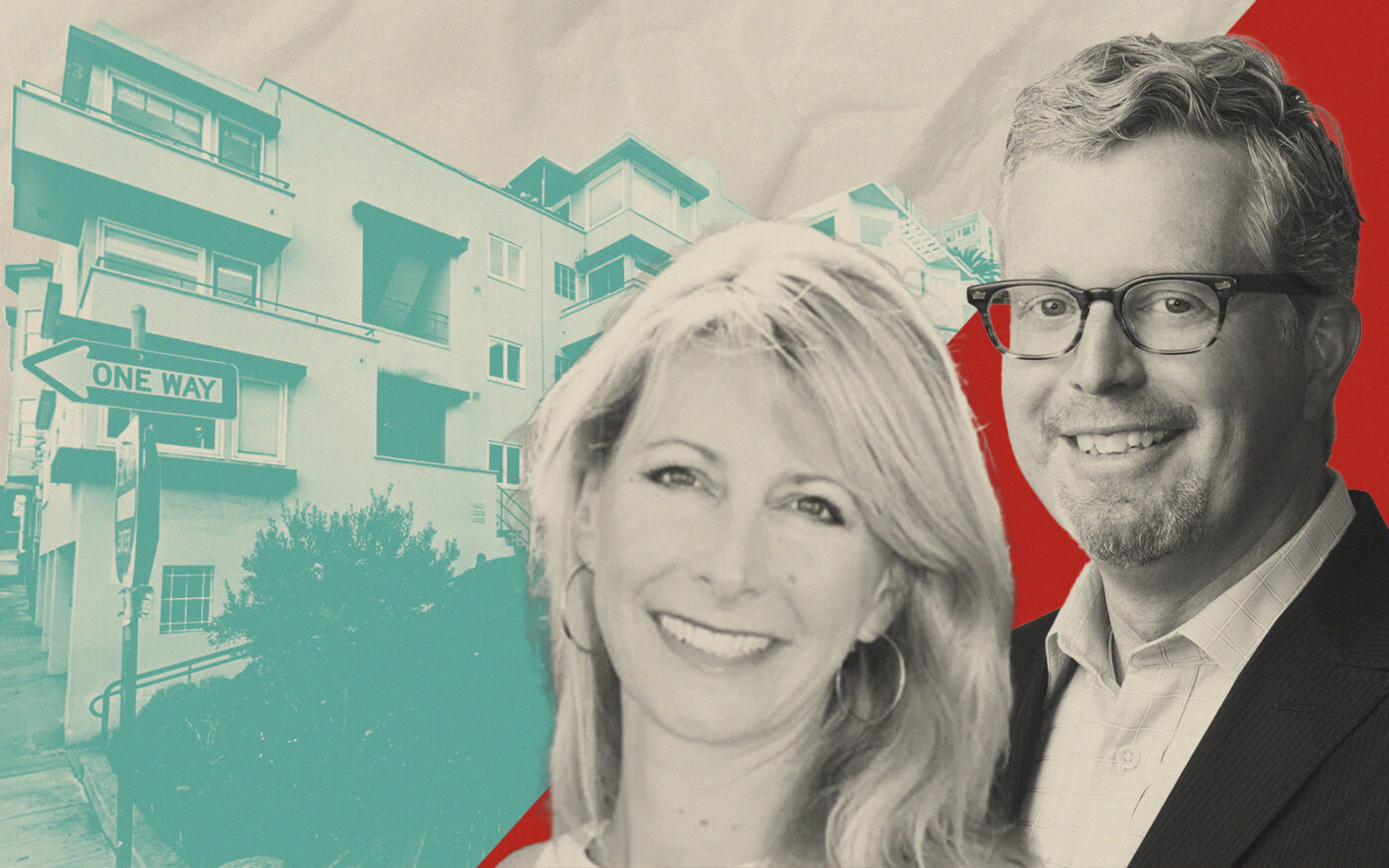Pressured by a state mandate to build tens of thousands of homes in the next seven years, San Francisco now looks to redevelop swaths of Cow Hollow and the Marina.
City planners have redrawn the zoning map to allow for taller and denser buildings along transit corridors in the two “iconic” northern neighborhoods, the San Francisco Chronicle reported.
Much of the controversial redevelopment would occur along Lombard and Chestnut streets, separated by narrow residential blocks.
Lombard Street, part of U.S. Highway 101, carries traffic bound for Marin and is lined with gas stations, auto repair shops and two dozen motels dating back to the late 1940s and early ’50s.
Chestnut Street is flanked by Art Deco storefronts with hip restaurants and trendy boutiques, plus two historic theaters and an Apple store. It’s often associated as a destination for young professionals with money to spend.
While busy Chestnut may not be in the immediate crosshairs of city planners, they look to Lombard as ripe for residential units, according to the Chronicle.
Planners want to increase Lombard height limits to 85 feet, from 40 feet, with 140-foot buildings on the four corners of both Lombard and Divisadero and Lombard and Fillmore.
Neighbors say its redevelopment could push out small businesses such as auto repair shops and shoe stores — services that residents rely on.
Lori Brooke, president of the Cow Hollow Association, said the proposal could create a wall at the bottom of Pacific Heights and a flood of real estate speculation, including condos with views of Alcatraz and the Golden Gate Bridge. She said she’s fine with four-story buildings.
The taller the buildings, the more expensive they are to build — and the more likely a developer would have to charge top dollar to make a profit, she said. Eventually, there will be pressure to replace some of Chestnut Street’s storefronts with condos, too.
“We don’t see (the rezoning) as delivering on the affordable housing that is promised,” Brooke told the Chronicle.
“We see it as an opportunity for developers to pierce the existing height limits and build view condos,” she said. “The ads are going to be ‘Check out the views! From the Farallons to Mt. Diablo!’”
Planning Director Rich Hillis said the rezoning centers on busy “nodes” that can handle more density where there is good infrastructure: solid transit, schools, retail and other services.
He said the current zoning map is not final and planning staff will continue to work with residents to fine-tune it.
He also said planning staff is working on beefing up preservation rules to make sure historic buildings like the Art Deco storefronts on Chestnut aren’t bulldozed for housing.
The typical single-family home in Cow Hollow is $4 million. Increased density on Lombard and Chestnut streets “is not going to put gentrification pressure on the Marina or Cow Hollow,” he said.
“We get that there is community pushback and concern about some of the heights being proposed,” Hillis told the Chronicle. “Overall, having more people and additional housing on corridors like Lombard will make it more pedestrian-friendly and create more customers for local businesses.”
San Francisco must find room for 82,000 more homes by 2031, according to its recently approved housing element plan. Of those, 46,000 units must be set aside as affordable to moderate- and low-income households.
— Dana Bartholomew
Read more







